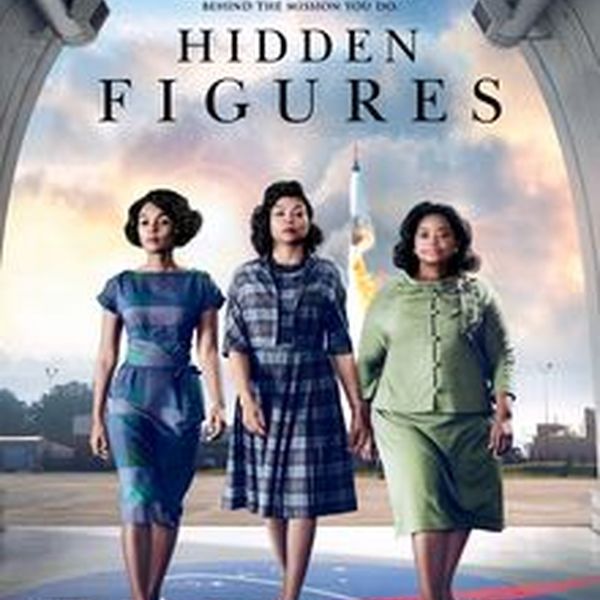“Hidden Figures” is a historical drama film released in 2016 that tells the story of three African-American women mathematicians who played vital roles in NASA during the early years of the U.S. space program. The film is a powerful vehicle for discussing themes of racial and gender discrimination, perseverance, and the significance of representation in STEM fields. Writing an essay about “Hidden Figures” requires more than just a summary of the film. You need to delve deep into its themes, characters, and historical context. Here’s how to go about it:
Start with Pre-Writing Research
Before you start writing your essay, conduct thorough research. Although “Hidden Figures” is a well-researched film, it’s based on real-life events and individuals. Understanding the historical background, reading interviews from the real people involved, and exploring other scholarly articles can give you different perspectives on the story.
Select Your Topic Carefully
You could discuss a wide range of topics in your essay. Do you want to focus on the characters’ individual challenges, the broader societal issues they face, or the significance of their work for NASA? Maybe you are more interested in the technical aspects of the movie, such as its storytelling techniques, cinematography, or historical accuracy. Choose a topic that you are passionate about.
StudyMoose Can Help
Students often struggle with selecting the ideal topic, conducting research, or formulating their thoughts into a well-structured essay. That’s where StudyMoose comes into play. Whether you need assistance with essays, research papers, lab reports, powerpoint presentation or other academic tasks, StudyMoose provides a plethora of resources to improve your study. You can consult expert-written samples, brainstorm topic ideas, or even get personalized writing help to craft an impactful essay.
Craft a Thesis Statement
Your thesis statement is the backbone of your essay. Make it specific and arguable. For instance, instead of saying, “The women in ‘Hidden Figures’ faced discrimination,” you could argue, “The film ‘Hidden Figures’ employs both historical narrative and cinematographic techniques to illustrate the systemic discrimination faced by African-American women in the 1960s, despite their critical contributions to NASA.”
Outline Your Essay
After you’ve chosen your topic and thesis statement, outline your essay. This will help you arrange your ideas in a logical order. Your outline should include an introduction, body paragraphs, and a conclusion.
Write the Essay
- Introduction: Begin with a hook that intrigues your reader. Provide a bit of background information and end with your thesis statement.
- Body Paragraphs: Each body paragraph should focus on a single idea that supports your thesis. Use examples from the film, historical facts, and other scholarly materials to support your points.
- Conclusion: Recap your thesis and the supporting points you’ve made. Discuss the broader implications of your analysis.
Revise and Edit
No essay is perfect in its first draft. Take the time to revise for clarity, coherence, and concision. Make sure you’ve provided sufficient evidence for your arguments and that the essay flows well from one point to the next.
Cite Your Sources
Given that you’ll likely use external sources for your essay, it’s crucial to cite them properly to avoid plagiarism and add credibility to your work.
Writing an essay about “Hidden Figures” gives you the opportunity to explore a film that’s rich in history, social commentary, and human perseverance. With adequate preparation, a well-chosen topic, and thoughtful analysis, your essay can offer valuable insights into the themes and significance of this remarkable story.

